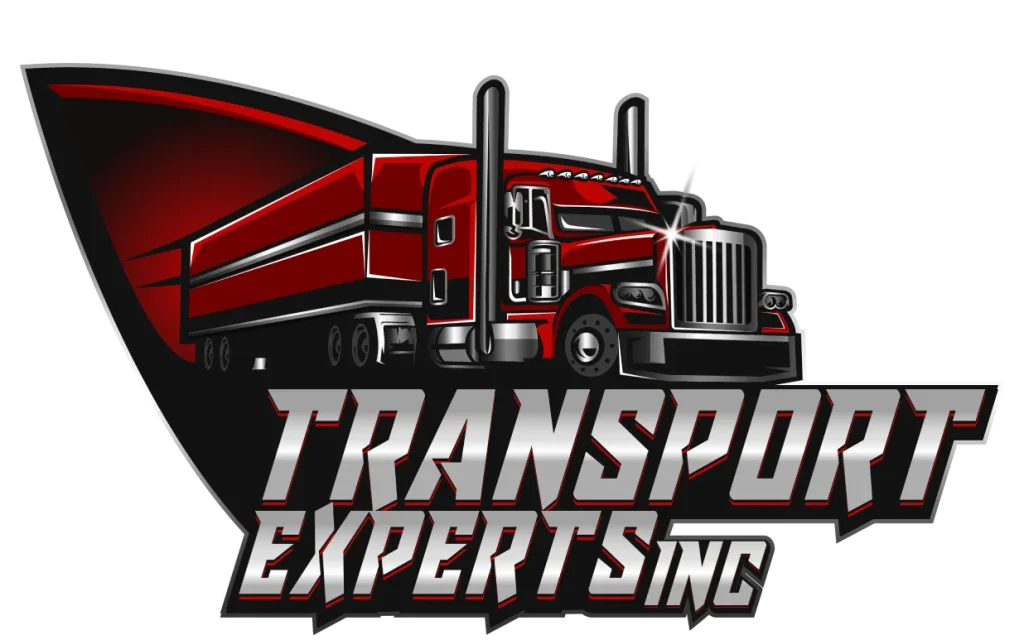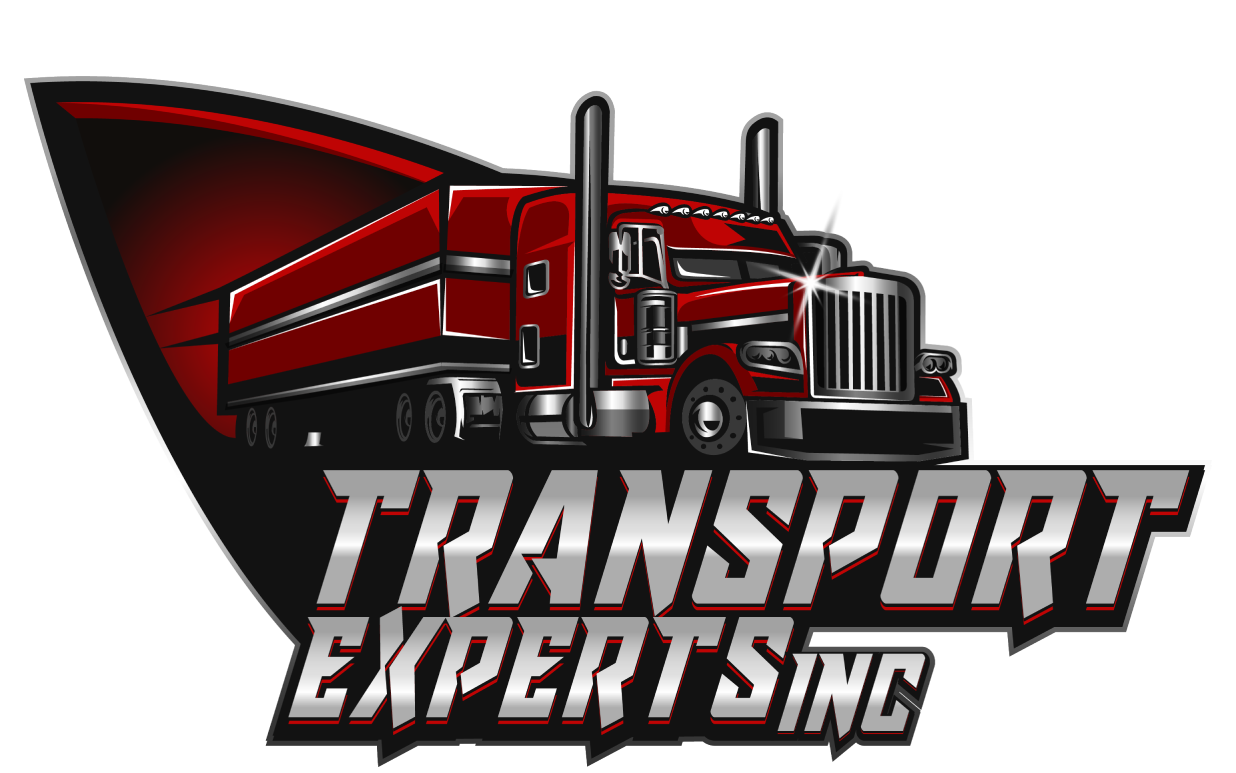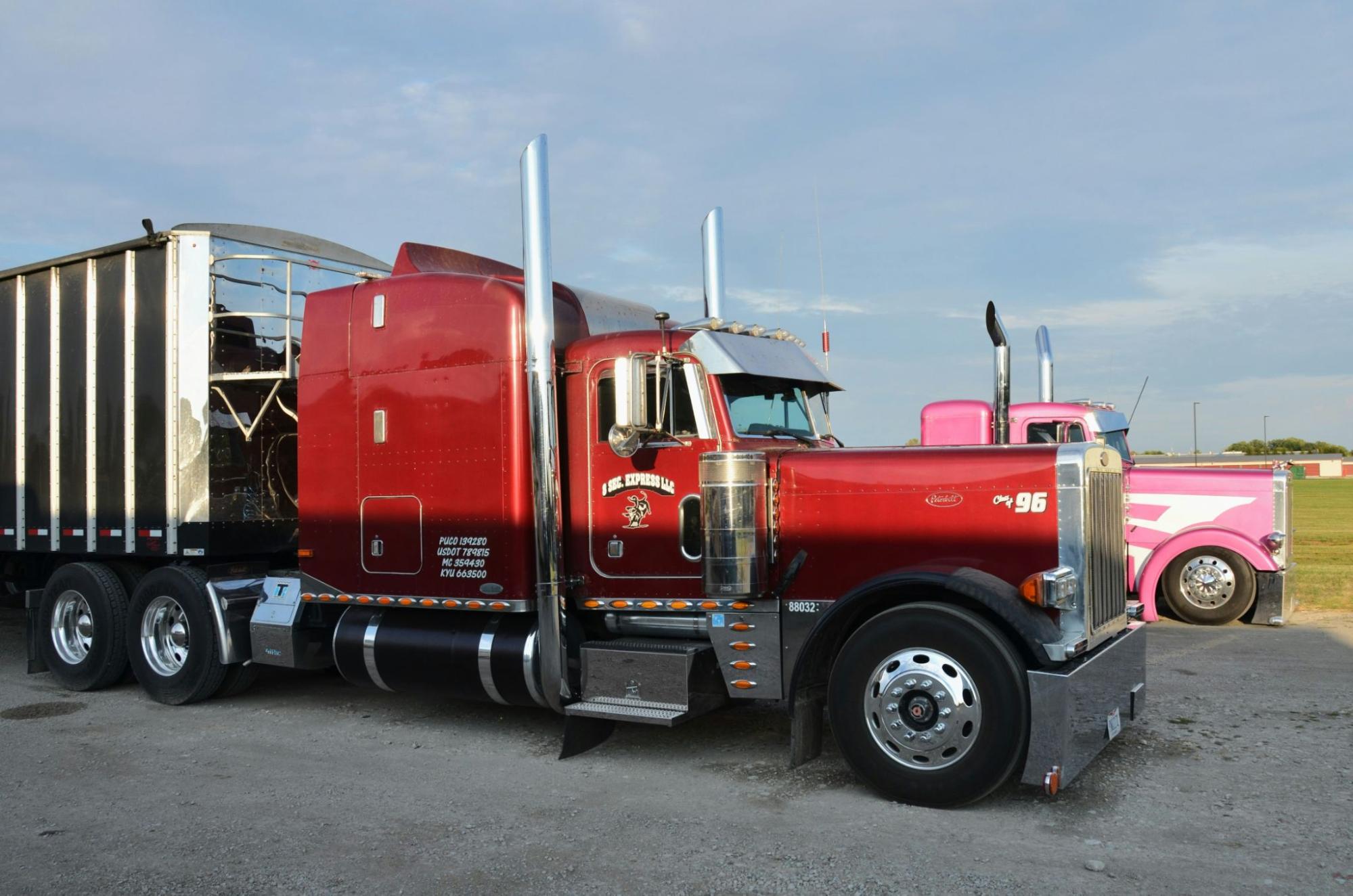When you’re driving across cities or states, you’ve likely seen signs for a highway or a freeway and maybe even wondered if they mean the same thing. In everyday conversations, people often use these terms interchangeably.
Still, in reality, there are significant differences that affect how each road is designed, how traffic flows, and even how safe or efficient your journey will be.
The difference between highway and freeway isn’t just a matter of terminology it has a direct impact on travel experiences, transportation planning, and the movement of goods across regions.
Highways are typically more versatile, allowing access to local roads, businesses, and towns, while freeways are built with speed and uninterrupted travel in mind.
Knowing these distinctions can save you time, improve fuel efficiency, and help you plan smarter routes, whether you’re commuting, on a road trip, or managing freight operations.
This topic also plays a big role in logistics. Trucking companies and freight carriers need to understand the practical differences between road types because the choice between a highway and a freeway can affect delivery times, costs, and vehicle wear and tear.
For example, a freeway may be the better choice for long-distance shipping because of its controlled access and higher speed limits, while a highway may be more suitable for reaching smaller towns or off-route destinations.
In this complete guide, we’ll break down everything you need to know: what is a highway, what is a freeway, how they compare, when to use one over the other, and how companies like Transport Experts Inc. leverage both road types to deliver reliable transport solutions.
By the end, you’ll have a clear, practical understanding of highway vs freeway and why these differences matter for both everyday drivers and the wider transport industry.
What is a Highway? Key Features and Definitions

A highway, a major public road constructed to interlink cities, towns, and regions, is one of the most critical components of modern infrastructure. Highways are built to carry high traffic and long distances, with plenty of traffic, which forms the foundation of not only the passenger transport, but the commercial transport as well.
Highways, unlike local streets, are designed to support faster travel, intercity travel, but usually have direct intersections, stoplights, and various entry or exit points to smaller connecting roads. Due to this design, highway travel can include periods of stopping, traffic lights, or slowdowns, particularly when passing through towns or suburbs. This renders highways efficient but not necessarily as smooth as freeways, which are constructed to allow continuous high-speed traffic.
Even the word highway can be variously understood as per the country or the region. In the United States, it typically means any principal highway, rural or urban, whereas in the United Kingdom or elsewhere, the term can encompass anything between a two-lane country road and a multi-lane divided carriageway. That is, highways represent a generalized term of a road, which encompasses a variety of smaller regional routes, as well as larger multi-lane highways.
Major features of Highways.
Connectivity:
Highways are essential connections among smaller towns, rural areas, cities, and even among some states or provinces. They play a vital role in linking areas where freeways might be inaccessible and make access to areas with lesser traffic density possible. Highways connect communities , which makes them extremely important in sustaining local economies, tourism, and regional trade.
Mixed Access:
Contrary to the freeways, highways usually have mixed access. This implies that they can comprise driveways and direct access to homes, farms, and businesses, pedestrian crossings, stoplights, and local street intersections. Although this can make highways more convenient and accessible to residents and local traffic, it can also lead to slower travel speeds and occasional delays.
Traffic Volume:
Highways are created to carry through and local traffic. This two-fold role may create congestion, especially in the peak hours of commuting, where local, commercial, and long-distance vehicles use the same road space. Traffic in the countryside might be less, but highways through an urban or suburban area can often have huge bottlenecks.
Varied Speed Limits:
The difference in the speed limits is one of the characteristics of highways . Highways might be considered to support faster speeds than freeways in rural stretches, but when traveling through suburban or urban areas, they will have lower speed limits because of safety concerns. This convenience enables the highways to be flexible to various environments, but it also requires drivers to be more attentive to new road signs and situations.
Accessibility:
Highways tend to be more accommodating than freeways since they accommodate various kinds of users. In most places, highways allow pedestrians, bicycles, motorcycles, tractors, and even vehicles pulled by animals to travel, depending on the local legislation. Although this inclusivity makes access by communities lacking modern road infrastructure more accessible, it may decrease efficiency and become unsafe compared to the limited layout of freeways .
Connectivity to Local Infrastructure:
Highways usually pass through or around cities and towns and can be easily accessed by business, school, and residential areas. They have rest stops, fuel stations, shops, and service facilities that make them convenient to both long and short-haul travelers. This local integration is the difference between highways and freeways, which are supposed to avoid populated areas to go faster.
Historically, the Highway was an example of a road in the U.S, like Route 66, that, although it had traffic lights and went through homes, connected several states and towns. The contemporary interstate freeway is free of such interruptions, in contrast.
Why Highways Matter
Highways are not roads; they are essential to economic development, commerce, and communal building. Highways are used in the transportation of goods between warehouses, retailers, and consumers. They rely on travelers to provide them with a cheap and convenient way to get to work or to go on a long-term trip. Highways also assist emergency response in that they provide essential links to rural communities and major hospitals or disaster response centers.
In short, when asking “ what is a highway ,” think of it as a road designed for long-distance connectivity but with shared usage for local traffic and multiple access points . They may not always provide the uninterrupted speed of freeways, but they remain one of the most flexible and widely used forms of road transport worldwide.
What is a Freeway? Understanding Its Design and Purpose

A freeway is a special category of highway; however, it is constructed to even more rigorous engineering standards, allowing it to maintain a free, safe, and uninterrupted flow of traffic. Controlled-access roads are freeways, i.e., a vehicle cannot enter or leave the side street or driveway without using the freeway. Rather, access is gained via well-conceived on-ramps and off-ramps that control the movement of vehicles and rule out the possibility of abrupt stops brought by intersections or pedestrian crossings.
The lack of traffic lights, stoplights, and crosswalks is what actually makes a freeway unique. The design enables the vehicles to move at a steadily higher speed, and thus, the freeways are the most appropriate when driving long distances or transporting freight.
Key Features of Freeways
One of the most effective and safe types of roads in the modern transport system is a freeway. Their structure is premised on the principle of continuous, high-frequency movement – thus, they are quite unlike normal highways or expressways . The characteristics that define a freeway and justify its importance in long-distance transportation and freight are listed below:
Controlled Access:
Compared to highways, in which direct intersections and driveways are possible, a freeway is constructed with total access control. The cars are not allowed to enter or leave at any ramps, and this gets rid of the abrupt blending or passing of traffic. This restricted access reduces the chances of accidents, jams, and delays to a significant extent, which allows a better flow of traffic.
High Speeds:
One of the main distinctions between a highway and a freeway is speed. Freeways are developed specifically to travel fast, and their speed limits tend to be higher than those of highways. The drivers are able to maintain consistent, continuous speeds because there are no stoplights, crossings, or direct intersections, which is essential to commuters and freight companies alike.
Multiple Lanes:
Freeways are often designed with two or more lanes in each direction to provide capacity to handle a large amount of traffic, but not create bottlenecks. The extra lanes enable efficient overtaking, minimize congestion in peak hours, and transform the freeways into a trucking and logistics paradise.
Grade Separation:
Grade separation is one of the characteristics of a freeway . Rather than crossing the other roads or railways, the freeways cross over them using interchanges, overpasses, and underpasses. The design of this type is such that there is no need for the traffic to stop and allow passage of other traffic, trains, or pedestrians- yet another reason why freeways are faster and safer than highways or expressways .
Safety Design:
Freeways are designed in a safe manner. Wide shoulders, which allow emergency stops, crash barriers, and central medians are all features that will reduce the risk of accidents and the severity of the accidents. There is also regular maintenance and monitoring of freeways in many regions to maintain the same level of safety among all motorists.
No Non-Motorized Traffic:
The other notable difference in the expressway vs highway vs freeway discussion is that freeways are used only by motor vehicles. There is a ban on pedestrians, bicycles, mopeds, and other non-motorized vehicles moving slowly. This limitation maintains the current speed and efficiency of traffic covering
cars, trucks, and freight transport.
In brief, freeways are fast, safe, and efficient in a manner that highways and expressways may not be. Their access-controlled format makes them the choice of long-range travelers and logistic firms that value time and dependability.
Purpose of Freeways
The main purpose of a freeway is to facilitate efficient, high-capacity transportation over medium to long distances. Freeways are crucial for industries such as logistics, trucking, and shipping, where time is money and avoiding delays is essential. For instance, a truck transporting perishable goods like dairy, fresh produce, or pharmaceuticals benefits significantly from freeway travel . With no red lights or intersections, drivers can maintain steady speeds, reducing fuel consumption and ensuring timely deliveries.
Freeways also play an important role in daily commuting. In metropolitan areas, they connect suburbs with city centers, allowing thousands of people to reach workplaces quickly. Although congestion can still occur during peak hours, the controlled-access design ensures traffic is safer and more predictable compared to highways that pass through towns or rural roads.
Examples of Freeways
- In the United States, the Interstate Highway System is the largest network of freeways, connecting nearly every state with high-speed routes.
- In Europe, motorways like Germany’s Autobahn are world-famous for allowing high-speed travel with minimal interruptions.
- In Asia, countries such as China and Japan have expanded their freeway systems to support rapid industrial growth and urbanization.
Why Freeways Stand Out
When answering “ what is a freeway ,” the simplest explanation is: a highway designed exclusively for fast, safe, and uninterrupted travel . Unlike regular highways that may pass through towns, have intersections, or allow mixed traffic, freeways are reserved for efficient motor vehicle transport. They provide the highest level of connectivity and reliability, making them indispensable for trade, commerce, and modern mobility.
In short, freeways are highways —but not all highways are freeways . Freeways are the gold standard of road design, built with speed, safety, and efficiency in mind.
Freeway vs Highway: Key Differences Explained
When discussing the difference between a highway and a freeway , the conversation almost always comes down to design, access, and purpose. It is important to remember that while every freeway is a highway, not every highway qualifies as a freeway. The most defining feature that separates the two is the way vehicles can enter and exit the road. Highways, depending on their location and design, often include at-grade intersections where smaller roads cross directly. They may also feature stoplights, traffic signals, or even direct driveways that connect local businesses and residential areas to the road. This accessibility makes highways convenient for local traffic but also creates interruptions that can slow down travel.
Freeways, by contrast, are built to eliminate these interruptions. Vehicles can only enter or exit through designated ramps, and crossings are handled by overpasses and underpasses rather than intersections. This design ensures that once a driver merges onto a freeway, the journey continues smoothly without sudden stops, cross traffic, or pedestrians. For long-distance drivers, especially those in logistics and trucking, this uninterrupted flow makes freeways the more efficient choice.
Another major point of difference is speed. Freeways are designed for fast and safe travel over long distances, which is why their speed limits are typically higher, often ranging between 65 and 75 miles per hour in the United States. Highways, on the other hand, can have widely varying speed limits depending on whether they pass through rural areas, small towns, or busy cities. A driver on a highway may find themselves stopping frequently for traffic signals, pedestrian crossings, or slower local vehicles. By comparison, freeway driving tends to be more consistent and predictable, with fewer slowdowns once traffic is moving.
There is also a distinction in how these roads serve travelers. A freeway is primarily about efficiency, connecting regions with minimal delays, which makes it ideal for freight transport, long-distance travel, and commuters who want to save time. Highways, on the other hand, often pass directly through communities, which means they provide more access to everyday services such as fuel stations, restaurants, and shops along the way. For some drivers, this accessibility is an advantage, particularly for shorter trips or when services are needed during travel. However, for those prioritizing speed and uninterrupted flow, the freeway remains the superior option.
So, when comparing expressway vs highway or highway vs freeway, the differences become clear. The freeway excels in terms of speed, safety, and efficiency, offering a direct path for long journeys and commercial transport. The highway, while slower and less efficient, provides accessibility and versatility by serving both local and long-distance traffic. Ultimately, the choice between the two depends on the driver’s priorities whether they value uninterrupted travel or prefer easier access to local destinations along the route.
When Should You Use a Highway vs a Freeway? Practical Considerations for Drivers
Deciding whether to use a highway or a freeway is not always as simple as choosing the fastest route on a GPS. The decision largely depends on your travel goals, the type of vehicle you are driving, and the specific nature of your journey. Understanding the difference between a highway and a freeway helps drivers make smarter choices, save time, and even reduce costs in the long run.
If your objective is to travel long distances as quickly as possible, a freeway is almost always the better option. Freeways are designed for uninterrupted, high-speed travel, which makes them ideal for commuters covering large distances daily, families heading out on long road trips, or freight companies transporting goods across states. Because freeways eliminate intersections and stoplights, vehicles maintain steady speeds for hours at a time. This not only reduces travel time but also improves fuel efficiency, since constant acceleration and deceleration — common on highways — consume more fuel. For trucking and logistics companies, this efficiency translates into lower operating costs, faster delivery times, and reduced wear and tear on vehicles.
Highways, on the other hand, are more versatile and serve a slightly different purpose. While they may not always provide the same speed or uninterrupted flow as freeways, they offer a level of accessibility that freeways cannot. Highways often pass through towns, suburbs, and rural areas, connecting communities directly to the main road system. This makes highways a better option for drivers who need to stop for services such as gas stations, restaurants, motels, or roadside businesses. If you are running errands, making local deliveries, or simply exploring smaller towns, highways provide the flexibility and convenience that freeways often bypass. In this way, when comparing highway vs freeway , the highway becomes the more practical choice for shorter trips or journeys where frequent stops are expected.
For freight transport, the freeway and highway difference becomes even more strategic. Long-haul trucking almost always favors freeways because they allow heavy vehicles to maintain steady speeds, which reduces driver fatigue and ensures timely delivery. However, highways remain indispensable when goods must be transported to destinations not directly accessible via the freeway system. For example, a trucking company may use freeways for most of a delivery route but switch to highways when nearing industrial areas, farms, or smaller towns where freeways do not extend. This mixture of freeway effectiveness and highway availability points out the importance of the two types of roads within the present day transport systems.
Finally, the choice as to whether to go via a freeway or a highway is a question of efficiency versus accessibility. Freeways are efficient in that they are faster, safer and offer continuous travels, which is ideal in long-distance travel, transportation of goods and sensitive deliveries. Highways, on the other hand, are glittering with access and connectivity where a driver can reach local destinations that freeways avoid. Knowing the difference between a highway and freeway will give drivers a better idea about the kind of decisions they can make, depending on the purpose they are moving freight through other states or are just on a weekend excursion through the local areas.
Why Choose Transport Experts Inc. for Your Highway and Freeway Transport Needs?
Strategic Route Selection for Maximum Efficiency
At Transport Experts Inc ., As in the case of Transport Experts Inc. we understand that knowing the difference between highway and freeway is not merely a matter of terminology; it directly affects the shipment times, shipping expenses and the efficiency of the shipment in general. We know how to choose the most suitable routes and it could be a freeway when we need to cover a long distance at great speed and a highway when we need to make a delivery within our region and be able to reach any place needed. This customization will make sure that each shipment is completed with accuracy and maximum efficiency.
Freeways for Long-Haul and Time-Sensitive Cargo
Our team focuses on the use of freeway routes in the case of long-haul freight, perishable goods, and time-sensitive cargo. This is because these roads offer continuous flow of traffic, increase in the speed limit, and reduced number of delays which translates to less fuel and shorter delivery time. We reduce the number of stops and detours, so shipments reach the destination on time, which is crucial to businesses relying on a just-in-time shipping system.
Highways for Regional and Local Accessibility
In situations where deliveries have to travel into areas beyond the major freeway networks, highways are necessitated. Highways enable us to reach into smaller towns, rural and industrial locations that are passed over by freeways. Such a compromise in freeway efficiency and highway accessibility proves our flexibility and adaptability. We are in the current expressway vs highway vs freeway argument, where we understand that the different types of roads have a distinct use that they are used to fulfill and our logistics plan can take advantage of such strengths to the advantage of the clients.
Safety and Compliance as Top Priorities
Another fundamental reason to trust Transport Experts Inc. is its safety. We have a history of compliance with federal and state transport regulations which ensures that all shipments are compliant with regulations. Since ensuring the proper securing of loads is a priority as well as the observation of weight distribution, we take safety seriously on the highways and freeways. Our drivers are well trained professionals who know the stress of various road networks, whether maneuvering through a freeway intersection full of traffic, or keeping even speeds on a loaded freeway.
Advanced Technology for Real-Time Monitoring
We also use high-tech route-planning technology and real-time tracking systems to be able to further improve our service. These devices enable us to observe the traffic trends, weather and any possible inconveniences so that we will have an option of providing alternative routes in case of need. Through human knowledge and technology, we offer the customers full transparency and security throughout the shipping process..
Partnering with a Reliable Logistics Expert
Transport Experts Inc. stands out as the preferred company in the business community that needs to have an efficient and reliable transportation option because of its many years of experience, its reputation of being reliable, and its customer-centered business approach. Your shipment needs the speed and consistency of a freeway, or the reach and connectivity of a highway, we have the resources, knowledge, and our commitment to achieve the results. When you partner with us, you are not only contracting a transportation firm but a partner in logistics that upholds safety, timeliness, and cost-effectiveness
Frequently Asked Questions
2. Which is better, a freeway or a highway?
3. Are freeways always faster than highways?
4. Can trucks use highways and freeways?
5. Why are freeways designed without intersections?







